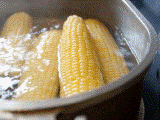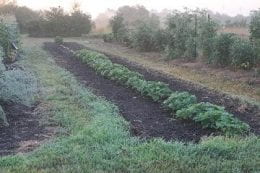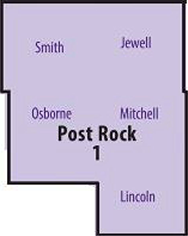 If you rent an apartment or house, your furniture, clothing and personal property is not covered by the owner’s insurance. The owner’s insurance covers only the owner’s property such as the building, not your property.
If you rent an apartment or house, your furniture, clothing and personal property is not covered by the owner’s insurance. The owner’s insurance covers only the owner’s property such as the building, not your property.
You can purchase renter’s insurance to help replace items lost in a fire, tornado or other losses covered by the policy. Add up the value of your belongings and consider how you would replace them if your apartment or house burned down and you did not have renter’s insurance.
Homeowners insurance covers losses listed in the policy not only for the house but also personal property in the house. It also provides liability coverage if someone is injured on your property. Do you know what your deductible is on your homeowner’s insurance?
By: Brenda Langdon




 fruit bud development.
fruit bud development.
